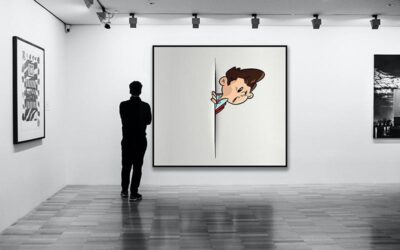I lost one of my favorite childhood books. It was called “The Wizard of Maldoone.” For some reason, this book came to mind a couple of weeks ago. It was suddenly very important for me to locate another copy of this book. I had a very clear impression of the book – even though I had all but forgotten the story contained within its pages. There was something about it that had really captured my imagination as a kid. I think that it had come into my life at a pivotal moment. It hovers just between a chapter book and a short story, and it seemed a stretch for me to grasp the scope of it. The book was probably my first chapter book, and it offered up a challenge for this young reader. Could I possibly get through it? Could I extract meaning from its sentences?
Miraculously, the local used bookstore had a copy of it. The book was written by Brian Hall and published in 1975. On the front cover, there is a brief description of the contents inside: “a dream voyage to a world of golden spheres, fantasy machines and fearfully friendly dragons for would-be clowns and magicians of all ages.” Well, I fancied myself a magician when I was a kid. No wonder it appealed to me.
But something else had intrigued me about this book. If I had forgotten the actual story, I could vividly remember the illustrations, by Bryna Waldman. On the front cover, a wizard and a frolicsome dragon dance with one another, the robe of the wizard and the tail of the dragon flying about as the two characters spin around each other. The illustrations continue through the book, drawn with a delicate hand that is both lively and freeing. The drawings suggested tone for the text, as a way for this young reader to grapple with the content.
The simplicity of drawing is a pastime that I often return to, even now. Maybe this book offered up inspiration that has carried me through adulthood. The easy pass of pen upon paper connects one to something deep and fundamental inside the mind. It cuts through the intellect and reveals emotion right there on the page.
There is a special spot for drawing in the non-visual-artist’s creative arsenal. Drawing allows the writer, dancer, or composer the opportunity to access a different place in the mind. The activity can open up new paths of artistic exploration. In every major metro area, there is a community of amateur drawers that centers around drop-in sessions. For a small donation, you can settle into a seat in a room full of fellow drawers, pull out a sketch pad, and then draw inspiration from the subject at the center of the room – either a human model or a still life. If you are feeling adventurous, seek out one of these classes and see where it leads.




